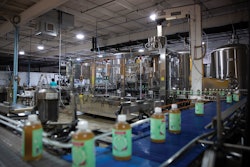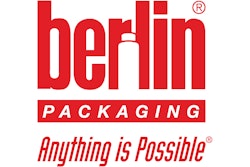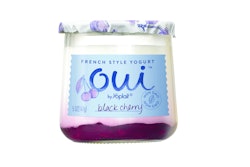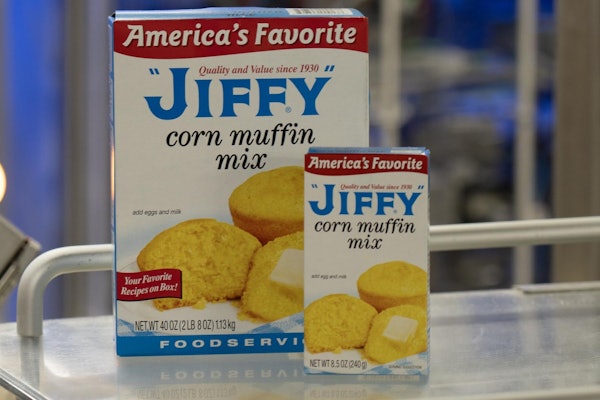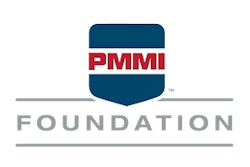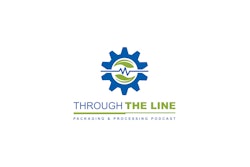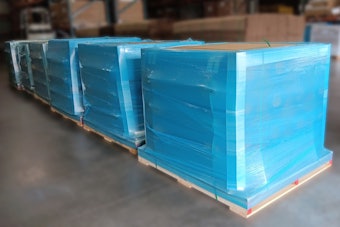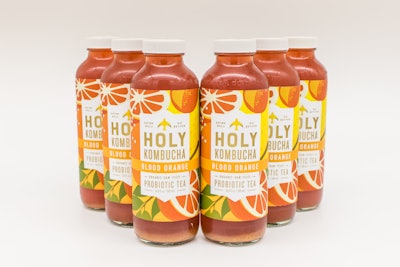
A two-thousand-year-old drink originating in China, kombucha has made a comeback. The beverage, produced by fermenting sweet tea with a culture of yeast and bacteria, is one of the fastest-growing markets in the functional beverage category. Given the rise of brands in the kombucha space, it can often be a challenge for producers of the fermented tea drink to differentiate their products on shelf.
Holy Kombucha has been brewed in artisan batches in Fort Worth, TX, since 2011. The company uses only organic ingredients when brewing, including several specialty tea blends packed with antioxidants, and organic raw evaporated cane juice. Holy Kombucha beverages—there are 13 in all—are sold in stores in Texas, New Mexico, and Arkansas.
Recently the company approached Berlin Packaging to help them bring a custom bottle to market that would differentiate them on shelf and result in new shelf space in more retailers regionally. “They sought to create something that truly stood out on shelf,” says Glenn Scott, Director of Business Development for Berlin. They also wanted a bottle design that was slimmer and taller so it could fit in car cupholders, for on-the-go consumption.



